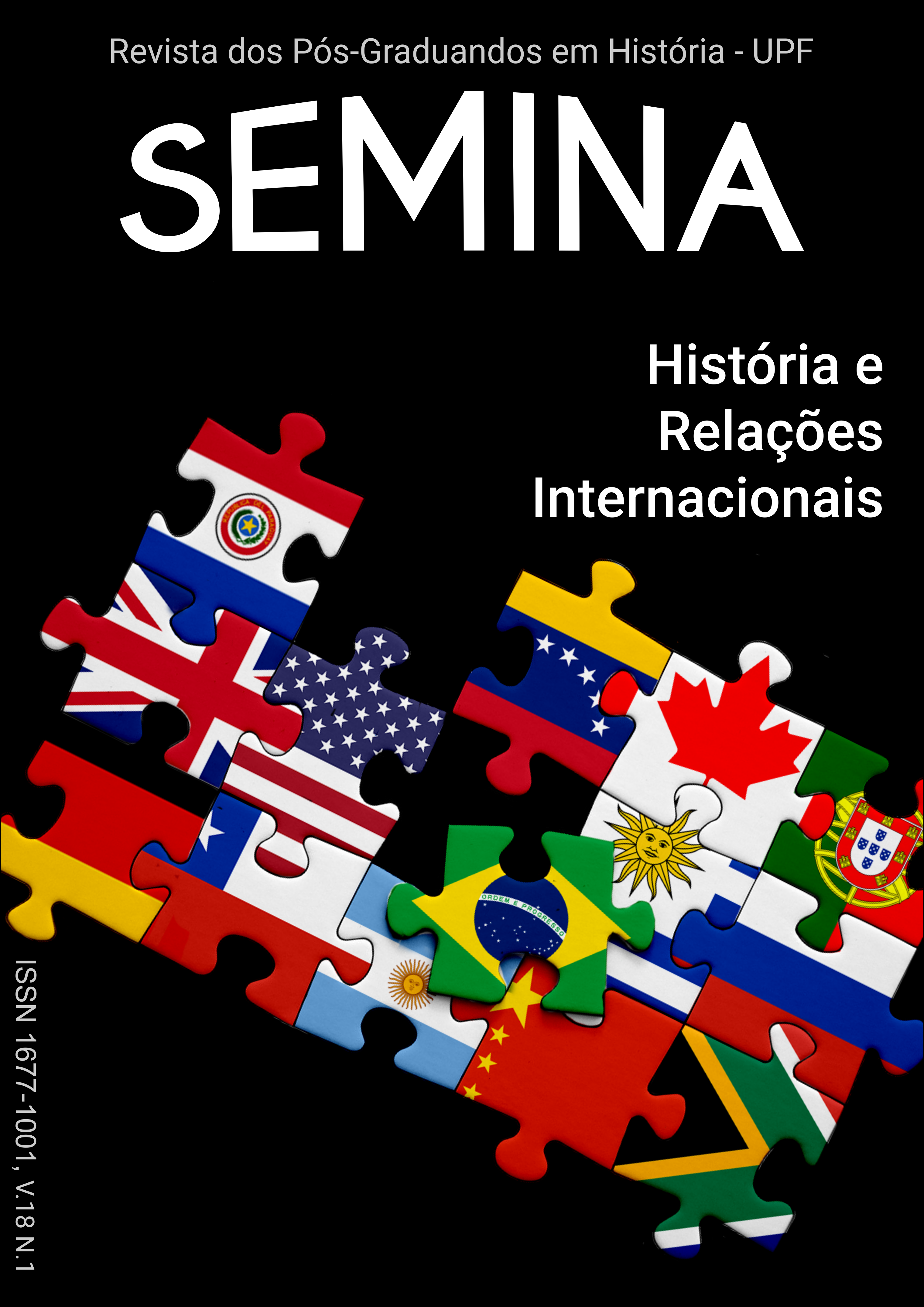Productive integration, Commercial exchange, and regional division of labor in MERCOSUR automotive complex
Abstract
Mercosur as a regional integration project has been proposed as a long-term development path. After a change of strategy in 2003, regional productive integration has been strongly positioned on the political agenda. The automotive complex has become the flagship sector of productive integration, but has failed to overcome some structural conditions such as its high level of foreignization, dependence on imports of parts, components and capital goods and the chronic structural deficit. The objective of this work is to evaluate the advances and setbacks in the productive integration of the regional automotive sector in the period 2002-2015. For this, we present the main characteristics of the sector and a statistical analysis of intrazone trade as a way to approach to the characterization of the productive integration of the automotive complex between Argentina and Brazil.
Key-Words: Automotive Complex, Productive Integration, Regional Value Chain, Mercosur.
Downloads
Downloads
Published
Issue
Section
License
Autores que publicam nesta revista concordam com os seguintes termos:
- Autores mantêm os direitos autorais e concedem à revista o direito de primeira publicação, com o trabalho simultaneamente licenciado sob a Licença Creative Commons Atribuição 4.0 Internacional – CC-BY que permitindo o compartilhamento do trabalho com reconhecimento da autoria do trabalho e publicação inicial nesta revista.
- Autores têm autorização para assumir contratos adicionais separadamente, para distribuição não-exclusiva da versão do trabalho publicada nesta revista (ex.: publicar em repositório institucional ou como capítulo de livro), com reconhecimento de autoria e publicação inicial nesta revista.
- Autores têm permissão e são estimulados a publicar e distribuir seu trabalho online (ex.: em repositórios institucionais ou na sua página pessoal), a qualquer ponto antes ou durante o processo editorial, já que isso pode gerar alterações produtivas, bem como aumentar o impacto e a citação do trabalho publicado, de acordo ainda com a democratização científica prevista pela Ciência Aberta.





